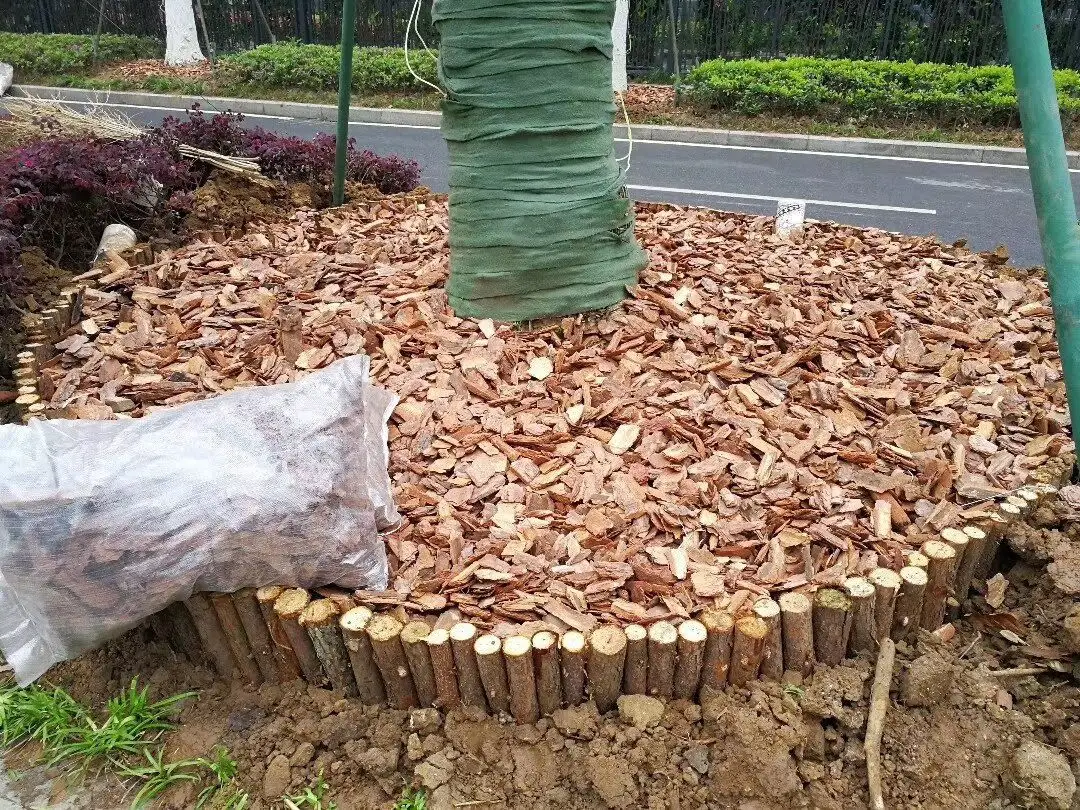
Exploring the Beauty and Versatility of Stone and Cobble in Modern Landscape Design
The Art and Utility of Stone and Cobble
Stone and cobble have been fundamental materials in human civilization, serving both practical and aesthetic purposes throughout history. From the ancient pathways of our ancestors to the modern architectural wonders of today, these materials have shaped our environments and influenced our way of life.
Historical Significance
The use of stone dates back to prehistoric times when early humans utilized natural rocks for tools, shelter, and protection. Over time, the extraction and manipulation of stone evolved into an art form, leading to the construction of monumental structures such as the Pyramids of Giza and the Parthenon. These edifices were not merely functional; they represented the technological advancements and cultural values of their respective periods. The durability of stone ensured that these structures would stand the test of time, leaving an indelible mark on human history.
Cobblestone, on the other hand, emerged as a practical solution for road construction in the medieval period. The rounded stones were sourced from riverbeds and laid in a manner that created durable surfaces for transportation. Cobblestone streets became synonymous with charming old towns, as their irregularities added a rustic character that is often sought after in contemporary urban design. Walking on cobblestones evokes a sense of connection to the past, reminding us of the historical footprints left by countless generations.
Architectural Aesthetics
In modern architecture, stone and cobble continue to play pivotal roles. The natural beauty of stone, with its varied textures and colors, contributes to the aesthetic appeal of buildings and landscapes. Stone façades exude elegance and permanence, while cobblestone pathways add a touch of whimsy and nostalgia to gardens and public spaces. Landscape designers often incorporate these materials to create visually pleasing environments that harmonize with nature.
The trend of using local stone and cobble in construction also reflects a growing awareness of sustainability. By utilizing materials found within a region, architects reduce transportation emissions and promote the use of renewable resources. Furthermore, the inherent durability of these materials means that structures can withstand the elements, minimizing the need for frequent repairs.
stone and cobble

Functional Benefits
Beyond aesthetics, stone and cobble offer numerous functional benefits. Stone’s exceptional thermal mass can help regulate indoor temperatures, making buildings more energy-efficient. In colder climates, stone can retain heat, while in warmer regions, it can provide a cooling effect. Cobblestone streets, while often bumpy, have proven effective at managing stormwater runoff. The gaps between the stones allow rainwater to percolate into the ground, reducing surface water and the risk of flooding.
Moreover, stone and cobble are exceptionally low-maintenance. Unlike wood, which may warp or decay, these materials are resistant to weathering and pests. This longevity makes them economically advantageous, reducing the costs associated with replacement and upkeep.
Cultural Symbolism
Finally, stone and cobble are laden with cultural significance. Many societies have used specific types of stone in their monuments, believing they embody spiritual or historical importance. For instance, granite is often associated with strength and resilience, while marble signifies beauty and sophistication. Cobblestone streets are often romanticized in literature and art, representing the journey of life with their uneven paths and the stories told by each stone.
Conclusion
In summary, stone and cobble are more than just building materials; they are vital components of our cultural heritage and architectural identity. Their historical significance, aesthetic appeal, functional advantages, and cultural symbolism ensure that they will continue to be cherished for generations to come. Whether in the form of a grand cathedral or a quaint cobblestone lane, these materials remind us of the past while shaping our future.
Share
-
Premium Pigment Supplier Custom Solutions & Bulk OrdersNewsMay.30,2025
-
Top China Slag Fly Ash Manufacturer OEM Factory SolutionsNewsMay.30,2025
-
Natural Lava Rock & Pumice for Landscaping Durable Volcanic SolutionsNewsMay.30,2025
-
Custom Micro Silica Fume Powder Manufacturers High-Purity SolutionsNewsMay.29,2025
-
Custom Mica Powder Pigment Manufacturers Vibrant Colors & Bulk OrdersNewsMay.29,2025
-
Custom Micro Silica Fume Powder Manufacturers Premium QualityNewsMay.29,2025






